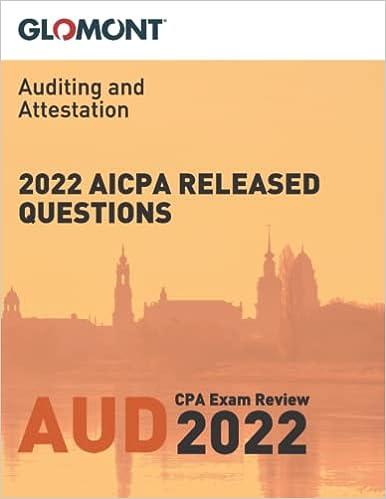Answered step by step
Verified Expert Solution
Question
1 Approved Answer
1. A county with 1M (M for million) population, 2% unemployment, and no inflation, voted to build a stadium and rent it to a professional
1. A county with 1M (M for million) population, 2% unemployment, and no inflation, voted to build a stadium and rent it to a professional baseball team. The team owner, who was not a county resident, was to pay $1M per year rent for use of the stadium and pay all maintenance costs. The owner would be responsible for the sale of admission tickets, parking, and concessions (sale of food and memorabilia) and would keep all resulting profits. A cost benefit analysis of the project made the following estimates, treating the county as the community. Construction of the stadium, parking lots, and access roads would cost $300M, 60% of this to be spent on local value added (LVA) provided by county residents. The county would borrow $300M at the beginning of the project to pay for the construction and would repay the loan and all other costs of the project by collecting $20M more in property tax per year than it would without the project. The land for the stadium site, valued at $15M, was already owned by the county. The team owner would be expected to sell two million tickets for stadium events per year, 70% of them to outsiders and the rest to locals (county residents), at an average ticket price of $40. For simplicity assume that every ticket would cost $40 and assume that locals and outsiders have linear demand for game tickets with a choke price of $140 per ticket. Outsiders would spend an average of $20 on restaurants, bars, hotel rooms, and other goods and services provided by locals (LVA) per ticket they bought. In answering the problems below, assume that the annual ticket sales and outsider spending listed above would continue throughout the 40 year lifetime of the stadium. Assume that the locals marginal propensity to consume LVA was 30% and that their profit rate was 20%. Except in part h below, assume that all the numbers given above are correct. a.[8] Write a formula for the net generated income coming directly from the construction part of the project. Estimate this net generated income, explaining each part of your formula and why you pick each of the numbers you use to get your estimate. Explain why the net new spending on LVA is not equal to the $180M in construction cost that is spent on LVA. Justify the multiplier you use in your estimate of the net generated income. b.[4] For your estimate of net generated income in part a, does it matter whether the owners of the construction firms that build the stadium are locals or not? Explain. c.[6] Write a formula for the annual net generated income from outsiders game-related spend- ing on LVA and use your formula to estimate this net generated income. Explain why you pick each of the numbers you use to get your estimate. d.[6] How many tickets are sold to locals per year? Use this information to graph the locals demand curve for tickets to stadium events during a year. Use your graph to estimate the net user benefit from the stadium project. Explain all your steps. e.[6] Estimate the total net benefit to the locals per year, including all the sources of benefit and cost listed above. Show and explain all your steps. f.[4] What externalities are most likely associated with the stadium project that have not already been included in your estimate in part e? Explain. See next page. g.[4] Property values of businesses near the stadium are expected to rise as a result of the project. Should this increase in property values be added to your estimate of total annual net benefit from the project in part e? Explain. h.[3] The information given above could not really have been known for sure. Suppose that the numbers given in the description of the project are only the expected values of those variables, but the actual numbers could be higher or lower. How should the uncertainty affect a judgment about the value of the project to the county residents? Be as specific as possible with the given information. i.[6] Which types of agents are the most likely to benefit from the project and which are most likely to lose? Consider, for example, owners of different businesses, local and nonlocal baseball fans, and other people. Explain.
Step by Step Solution
There are 3 Steps involved in it
Step: 1

Get Instant Access to Expert-Tailored Solutions
See step-by-step solutions with expert insights and AI powered tools for academic success
Step: 2

Step: 3

Ace Your Homework with AI
Get the answers you need in no time with our AI-driven, step-by-step assistance
Get Started


